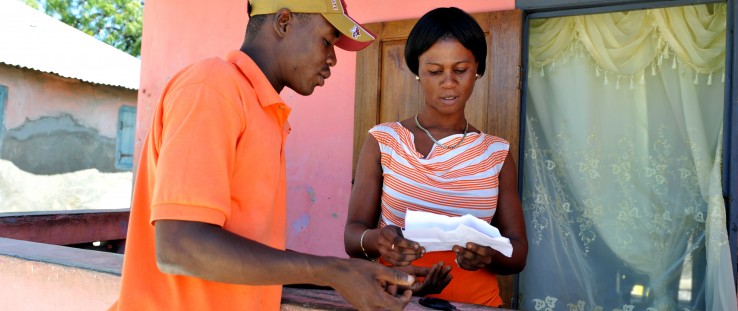 Rosette Joseph processes a customer's electricity bill in Caracol, Haiti, in May 2013. A USAID project brought electricity to the community.
Kendra Helmer, USAID
Rosette Joseph processes a customer's electricity bill in Caracol, Haiti, in May 2013. A USAID project brought electricity to the community.
Kendra Helmer, USAID
 Rosette Joseph processes a customer's electricity bill in Caracol, Haiti, in May 2013. A USAID project brought electricity to the community.
Kendra Helmer, USAID
Rosette Joseph processes a customer's electricity bill in Caracol, Haiti, in May 2013. A USAID project brought electricity to the community.
Kendra Helmer, USAID
Caracol is a small seaside village in northern Haiti where people have traditionally earned a living from fishing and collecting salt from the nearby plains. This village of over 2,500 residents is like any other rural community in Haiti with simple houses and dirt roads, but there is something that makes Caracol different.
In a country where most people don’t have any electrical power or receive it only sporadically, Caracol is the only community with a regular flow of electricity—24 hours a day, seven days a week—boosting its economy and helping families improve their lives. Before Caracol went on the grid, any electricity that was produced in the town came from self-run generators.
Northern Haiti is among the poorest regions of the country, where a quarter of residents suffer from extreme poverty, earning less than $1.25 per day.
“For the first time ever, my family has light in the house after sunset. Now my carpenter husband can extend his work hours and use power tools. The children are happy because they can do homework in the evenings and even watch TV,” said Yollande Noel, a Caracol resident.
Since May 2013, the $2 million Caracol Electrification Project, funded by USAID and implemented by NRECA, has wired 540 Caracol households. Over the next few months, the program will connect another 1,260 homes in the vicinity of the Caracol Industrial Park, including a U.S. Government-funded housing site intended for earthquake-affected and other vulnerable families living in the area. Expansion is planned for another 5,000 homes in the surrounding villages of Limonade, Trou du Nord and Terrier Rouge.
The Caracol Electrification Project is part of USAID’s $20 million program that built the 10 megawatt power plant that is energizing the Caracol Industrial Park and the areas around it. The power plant, which has been operational since July 2012, is the sole power supplier for the Caracol complex—an industrial park built after the 2010 earthquake as part of an effort to create new jobs in the underserved areas outside of Port-au-Prince. The Caracol complex was a cooperative effort among the InterAmerican Development Bank and the Haitian and U.S. governments, and today employs around 2,000 workers with those numbers expected to rise in the coming years.
While several houses in Caracol now sport TV antennas, electricity has meant more than 24-hour entertainment. Since the electrification of Caracol, a number of residents have opened new businesses.
“This project,” says Tony Carvalho, senior energy advisor for USAID/Haiti, “is an example of how providing reliable, affordable power jump starts an array of other economic activities that can help end extreme poverty in places like Haiti.”
Pierre Ricardo, one of the new entrepreneurs, started a water treatment plant that purifies water through reverse osmosis, a process that requires a steady flow of electricity. He sells clean drinking water for a small fee of 5 gourdes (about 11 cents) per gallon and offers a service badly needed in his community.
“My family used to suffer from diarrhea because of the contaminated water in the village,”said Marcel Lamour, one of Ricardo’s clients. “Thanks to this water treatment center, we are much healthier.”
“Only after we got electricity in Caracol was it possible for me to open this business,” said Ricardo, who echoes other new business owners in Caracol. “Now I am able to make a better living and provide clean water to the community.”
Reliable electricity has also made it possible for small companies to expand their services. Cyber Café, a one-room shop filled with office equipment, was once solely a money lending company, but has expanded its services to become the first Internet café in Caracol. “In addition to offering loans, we also provide access to computer and Internet services, make copies and laminate documents,” said the manager, Cadet Luxon.
Since November 2012, residents of Caracol have been able to apply for an electrical connection. Rosette Joseph, who is in charge of collecting the applications, has seen many changes taking place in her village. “Electricity has transformed Caracol. We can earn better income, like my husband who owns a beverage shop and can sell more drinks because they are cold,” she said.
With new street lights, the community has also become safer for its residents, particularly women and children, enhancing their independence and social interaction.
A predictable flow of electricity has another advantage—99 percent of those connected to the network pay their electricity bills regularly, not common in communities where electricity is available only a few hours a day.
“It disproves the myth that people in Haiti don’t pay for electricity,” said Simon Munnik who works for NRECA. “When you provide good service and regular electricity, people really appreciate it.”
So far, USAID’s overall $20 million electrification program includes power generation, transmission and distribution activities in and around the Caracol Industrial Park. The program is expected to grow further as reliable electricity services are expanded to respond to the needs of future companies in the industrial park, and to businesses, schools, hospitals and households in other parts of northern Haiti.







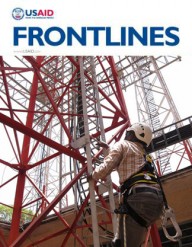

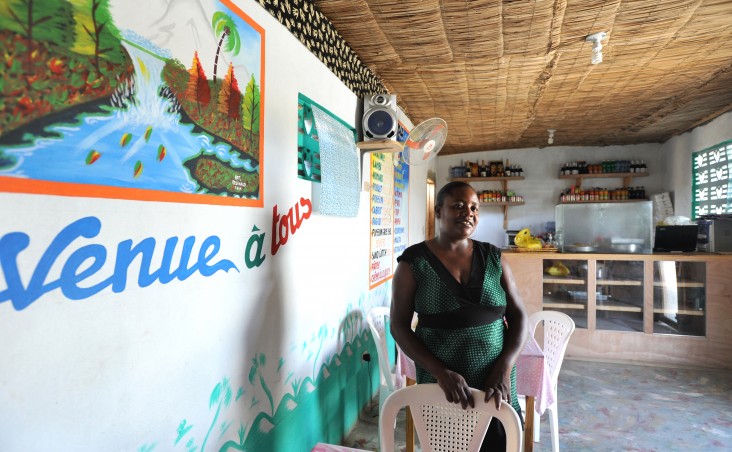
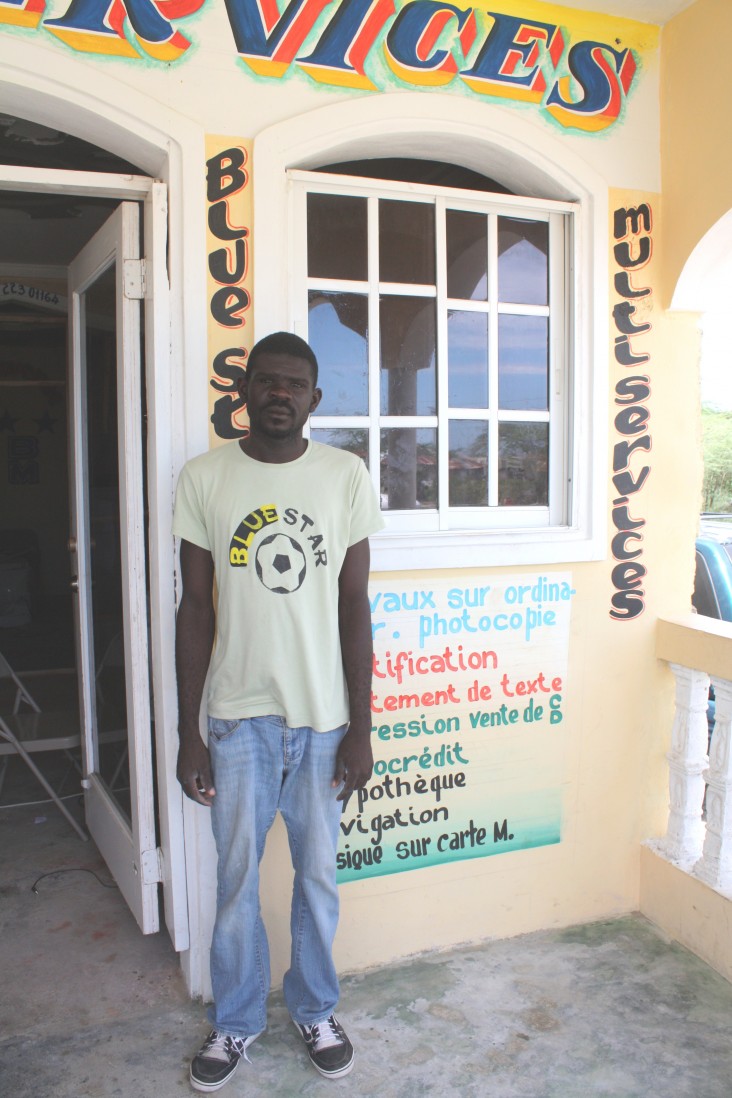
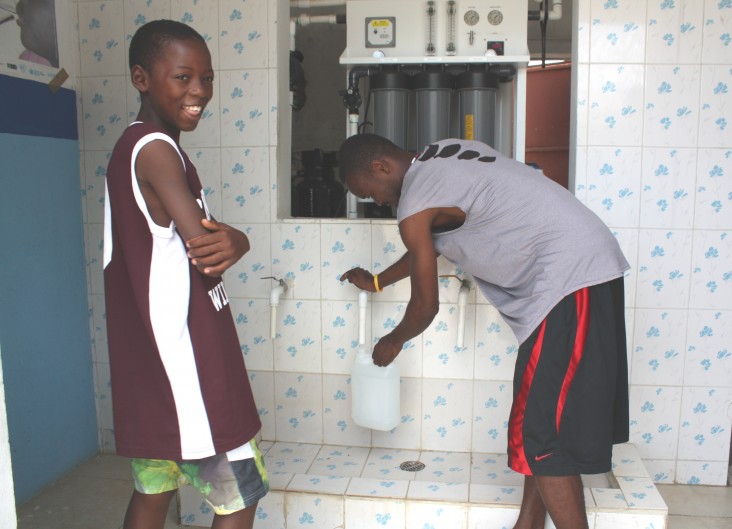
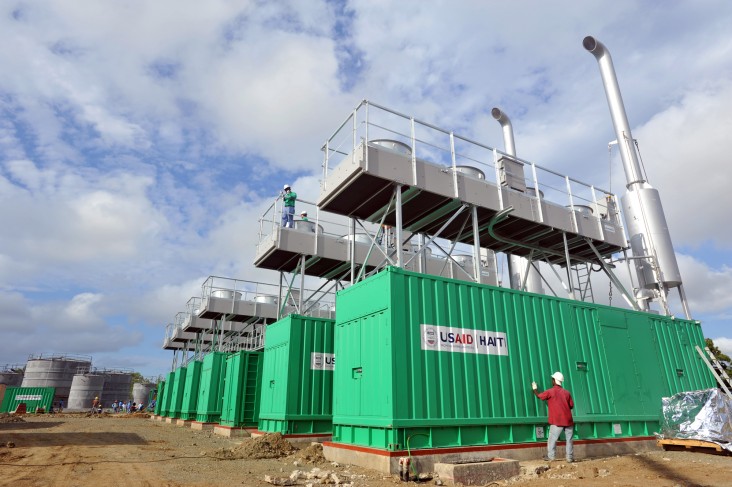
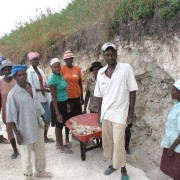

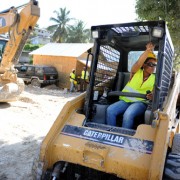
Comment
Make a general inquiry or suggest an improvement.